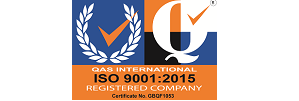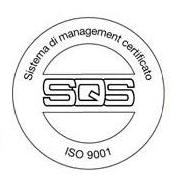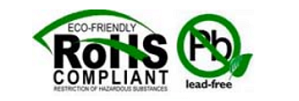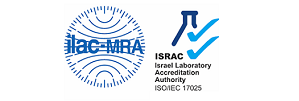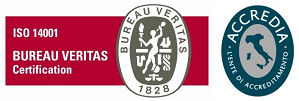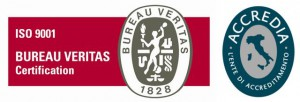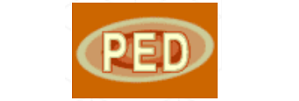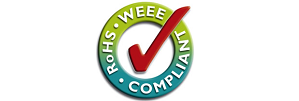By Beta Valve on Wed 24 April 2019 in WRAS/Certifications
Beta Valve quality certifications
ISO 9001:2015 sets out the criteria for a quality management system and is the only standard in the family that can be certified to (although this is not a requirement). It can be used by any organization, large or small, regardless of its field of activity. In fact, there are over one million companies and organizations in over 170 countries certified to ISO 9001. This standard is based on a number of quality management principles including a strong customer focus, the motivation and implication of top management, the process approach and continual improvement. Using ISO 9001:2015 helps ensure that customers get consistent, good quality products and services.
RPE quality certifications
ISO 9001:2015 sets out the criteria for a quality management system and is the only standard in the family that can be certified to (although this is not a requirement). It can be used by any organization, large or small, regardless of its field of activity. In fact, there are over one million companies and organizations in over 170 countries certified to ISO 9001. This standard is based on a number of quality management principles including a strong customer focus, the motivation and implication of top management, the process approach and continual improvement. Using ISO 9001:2015 helps ensure that customers get consistent, good quality products and services.
RoHS 3 (EU Directive 2015/863) adds Category 11 (catch-all) products and adds four new restricted substances - all phthalates. The four phthalates are mainly used as insulation plasticizers, and are on the REACH list of SVHC (Substances of Very High Concern).
REACH addresses the production and use of chemical substances, and their potential impacts on both human health and the environment.
Arad quality certifications
ISO 9001:2015 sets out the criteria for a quality management system and is the only standard in the family that can be certified to (although this is not a requirement). It can be used by any organization, large or small, regardless of its field of activity. In fact, there are over one million companies and organizations in over 170 countries certified to ISO 9001. This standard is based on a number of quality management principles including a strong customer focus, the motivation and implication of top management, the process approach and continual improvement. Using ISO 9001:2015 helps ensure that customers get consistent, good quality products and services.
OHSAS 18001 Occupational Health and Safety Assessment Series, is a British Standard for occupational health and safety management systems. Compliance with it enables organizations to demonstrate that they have a system in place for occupational health and safety.
ISO 14001:2015 specifies the requirements for an environmental management system that an organization can use to enhance its environmental performance.
ISO/IEC 27001:2013 specifies the requirements for establishing, implementing, maintaining and continually improving an information security management system within the context of the organization. It also includes requirements for the assessment and treatment of information security risks tailored to the needs of the organization.
ISO/IEC 17025 accreditation is the single most important standard for calibration and testing laboratories around the world. ISO 17025 accredited laboratory's have demonstrated that they are technically proficient and able to produce precise and accurate test and calibration data.
ACL quality certifications
ISO 14001 is a family of standards related to environmental management that exists to help organizations minimize how their operations negatively affect the environment (i.e., causes adverse changes to air, water, or land), comply with applicable laws, regulations, and other environmentally oriented requirements, and continually improve in the above.
ISO 9001:2008 propose a system of quality management, designed to handle business processes that are directed to improving the effectiveness and efficiency of the organization as well as customer satisfaction.
The European Community REACH (Registration, Evaluation, Authorization and restriction of Chemicals) regulation is designed to reduce the health risks associated with chemical substances.
This regulation is generally known as PED (Pressure Equipment Directive) and it applies to the design, manufacturing and conformity evaluation of pressure equipment that are, in principle, subject to a maximum allowable pressure (PS) that is exceeding 0.5bar (value related to the atmospheric pressure).
The Directive 2011/65 / CE (RoHS 2 and smi), which replaces the Directive 2002/95 / EC (better known as RoHS 1) establishes rules regarding the restriction on the use of substances in electrical and electronic equipment (AEE) in order to improve the protection of human health and care.
The EU Directive 2012/19 / EC on the disposal of electrical and electronic equipment (RAEE or WEEE from the English Waste Electrical and Electronic Equipment) was implemented to reduce the production of electrical and electronic waste and to finance the collection system, recovery , and recycling of the same.

